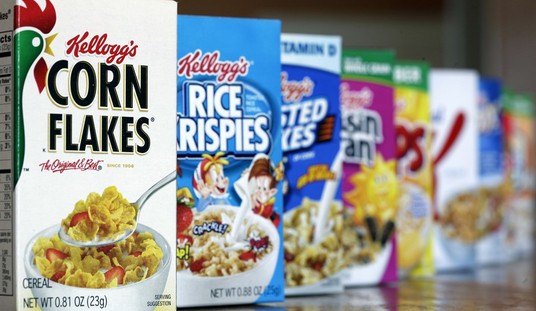As Ben Howe wrote this morning, it would appear President Trump is dog whistling a willingness to give up on the repeal and replace of Obamacare, tweeting to Republican leadership that he’s been hearing about it for 7 years and it “didn’t happen!”
Well if he does, in fact, give up the effort to get rid of the worst piece of bureaucratic garbage legislation in our lifetimes, that means a couple of things:
There’s a reason Medicaid has been expanded as part of the Affordable Care Act, as The Heritage Foundation noted in a report from 2013 when the expansion began:
Instead of reforming Medicaid, the Patient Protection and Affordable Care Act (Obamacare) expands eligibility to all individuals earning less than 138 percent of the federal poverty level (FPL).[4] The Medicaid program is already struggling to provide care to its core obligations—a diverse group of low-income children, disabled, pregnant women, and seniors. Adding more people further exacerbates Medicaid’s underlying problems.
The expansion of Medicaid fuels a larger trend under Obamacare: government coverage supplanting private coverage. By 2021, 46 percent of all Americans will be dependent on the government for their health care. Of this group, 86.9 million will be on Medicaid/Children’s Health Insurance Program (CHIP), followed by 64.3 million on Medicare and 23.4 million enrolled in government exchanges.[5] This will push U.S. health care closer to a government model.
Now, four years later with the country on the verge of giving up on a better idea for healthcare, it turns out Medicaid isn’t just ineffective and bad for taxpayers. It’s also possibly part of the reason we find ourselves in the throes of an opioid epidemic.
https://twitter.com/conncarroll/status/905874420480315394
The Brookings article links to a study that seeks to find where all the working men have gone. The conclusion is that a great number of them, aided by low cost insurance provided by Medicaid, Medicare and Veterans Affairs, are out of the work force and taking prescribed opioids. One of the most interesting factoids is this: “Pain medication is more widely used in counties where health care professionals prescribe greater quantities of opioid medication.”
Couple that with the recent revelation that Obamacare was spending $100 million on advertising (Trump cut that spending to $10 million last week) and one begins to wonder just what role government subsidized health insurance plays in the prescription of opioids to working-age men and women.
Or overprescription of them, as the Sacramento Bee has it in a piece entitled, “More Opioid Prescriptions Than People in Some California Counties.”[emphasis mine]:
“The following characteristics were associated with higher amounts of opioids prescribed: a larger percentage of non-Hispanic whites; higher rates of uninsured and Medicaid enrollment; lower educational attainment; higher rates of unemployment; (small-town) status; more dentists and physicians per capita; a higher prevalence of diagnosed diabetes, arthritis, and disability; and higher suicide rates,” concluded the authors of a Centers for Disease Control and Prevention study released in July.
Surely the goal of government-subsidized, single-payer health insurance wasn’t to get the economically struggling among us addicted to opioids, right? We’ll assume not. But that may actually be one of the consequences if not the intent.
So, Republicans, ready to repeal and replace yet?














Join the conversation as a VIP Member